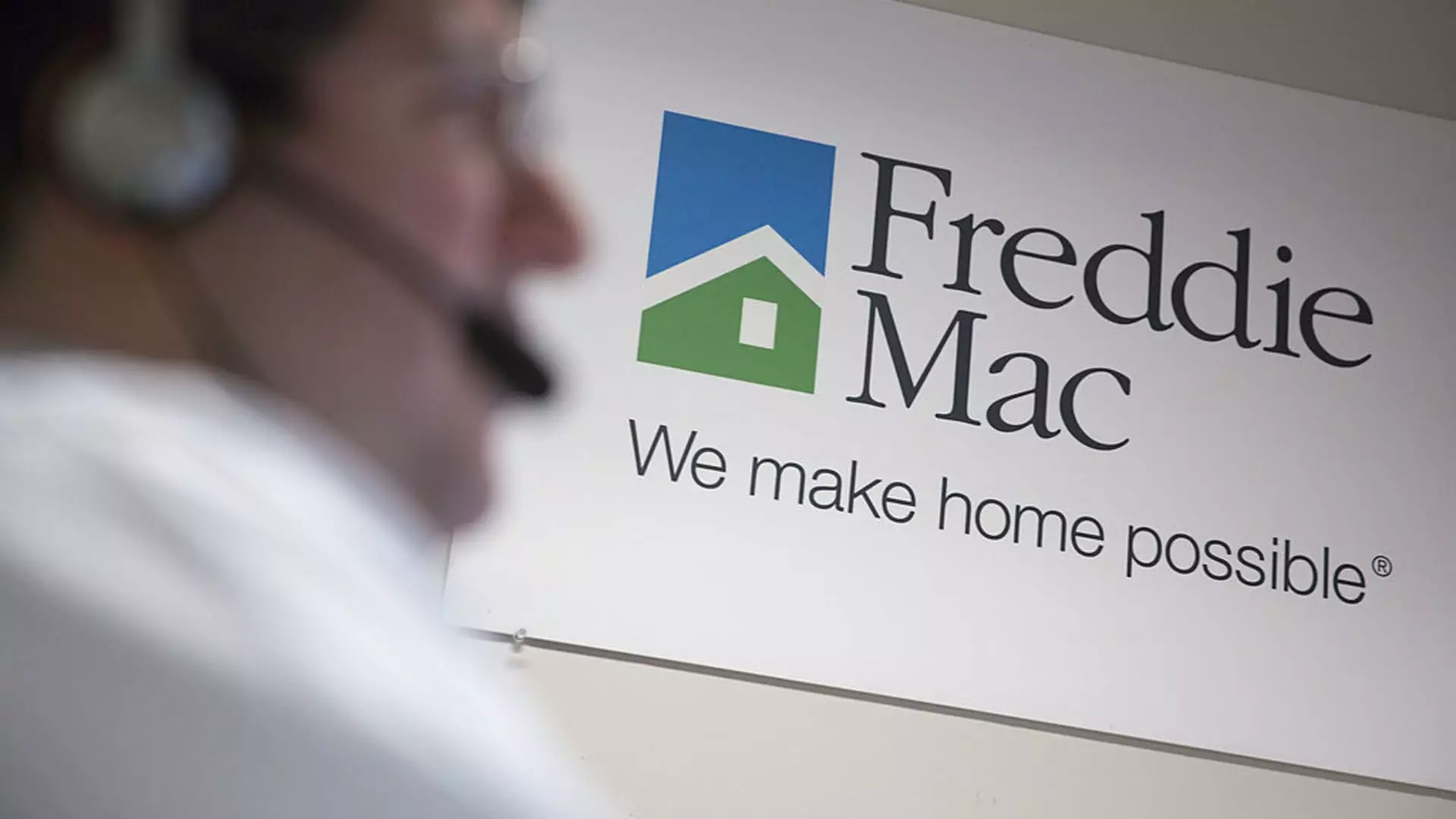The landscape of the U.S. mortgage market has been profoundly shaped by the intertwined destinies of Fannie Mae and Freddie Mac. These government-sponsored enterprises (GSEs) have facilitated homeownership and provided critical support to the housing finance system since their inception. However, as they remain under federal conservatorship nearly 15 years after the financial crisis, a debate has emerged regarding the implications of their potential privatization and the underlying risks that could impact taxpayers.
Fannie Mae, established in 1938, and Freddie Mac, created in 1970, were both designed to stabilize and enhance efficiency in the mortgage market. They generate financial products that also serve to mitigate risks for investors and consumers alike. By essentially acting as intermediaries between mortgage lenders and investors, these enterprises have played a vital role in determining mortgage rates across the country. Their challenge and predicament began in 2008 when the housing market crashed, leading to their government conservatorship. This event highlighted their central, yet precarious, role in the U.S. housing system.
The dramatic plunge in home values during the last decade saw millions of borrowers default on their loans, contributing to approximately 3.8 million foreclosures between 2007 and 2010, according to data from the Federal Reserve Bank of Chicago. The federal response involved substantial financial support from the Treasury Department, which provided upwards of $100 billion in credit lines to keep these GSEs afloat. Yet, while these measures attempted to stave off further economic crisis, they initiated a public discourse about the risks imposed on taxpayers and the sustainability of such financial interventions.
In the wake of the financial crisis, Fannie Mae and Freddie Mac’s profitability was siphoned off through Treasury’s profit sweeps, aiming to recoup taxpayer investments. This action, viewed positively by some economists, such as Mark Zandi, provided a mechanism to address the substantial financial losses incurred. Nonetheless, it simultaneously plunged their stock values to near insignificance, garnering skepticism about the long-term viability of their financial structure.
By 2019, the cessation of profit sweeps opened a new chapter, suggesting a pathway toward privatization. After a protracted period of government oversight, discussions surfaced regarding unwinding conservatorship and restoring Fannie and Freddie to private market status. Mark Calabria, who served as Director of the Federal Housing Finance Agency, emphasized the need for increased capital buffers, stating that both firms operated at dangerously high leverage ratios, which made them vulnerable to market fluctuations.
However, civil discourse surrounding the privatization of these entities necessitates a careful consideration of risks. Economists argue that without a government backstop—a safety net to protect against significant downturns—mortgage rates could see notable increases, estimated at 60 to 90 basis points. This reality raises pertinent questions about consumer access to affordable housing finance during economic pressures.
Supporters of privatizing Fannie Mae and Freddie Mac, like Calabria, believe that such a move could not only stabilize mortgage rates but potentially lower them. This optimistic view suggests that a competitive private market could drive innovation and better service delivery. Yet, detractors caution against the potential fallout, noting that taking away government support could lead to higher rates and diminished accessibility for low- and middle-income families who rely on these GSEs for favorable mortgage terms.
As policymakers in Washington grapple with the future of Fannie Mae and Freddie Mac, the focus remains on finding a delicate balance between private market efficiencies and public interest safeguards. The ultimate decision is not just about financial recovery; it requires a thorough assessment of how best to protect taxpayers while ensuring that the housing market remains robust and accessible. The next few years will undoubtedly be pivotal in shaping the future of mortgage finance in America.
The path forward entails considering the implications of privatization while continuing to uphold the foundational purpose of these GSEs: making homeownership attainable while preserving market stability. The decisions made surrounding Fannie Mae and Freddie Mac will resonate throughout the economic landscape for years to come, making it imperative that stakeholders critically evaluate the choices at hand.

